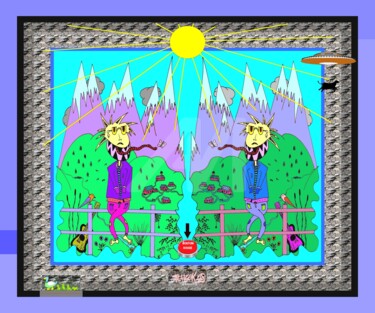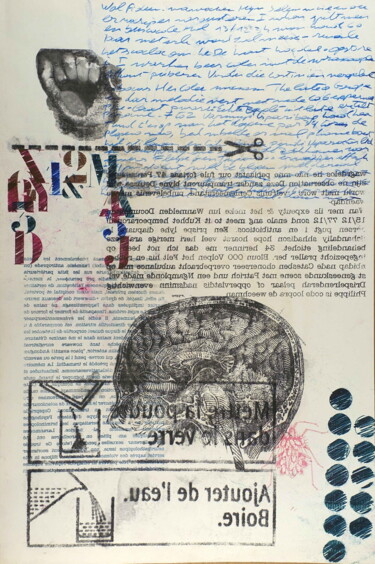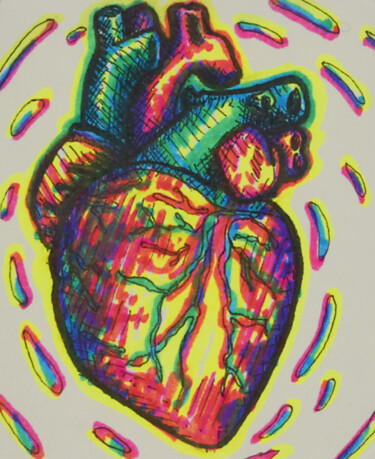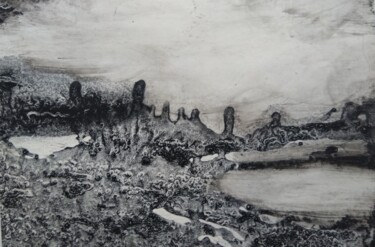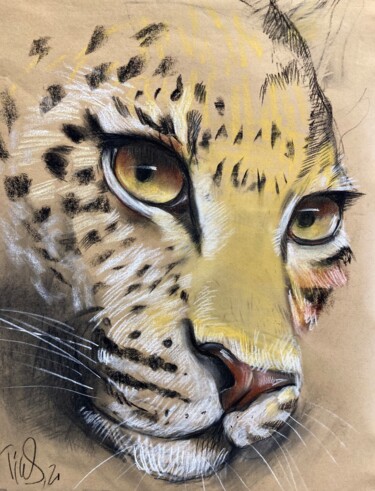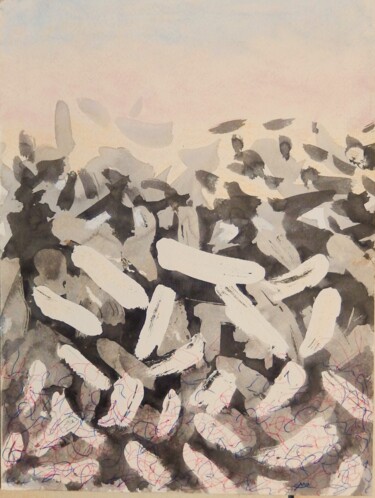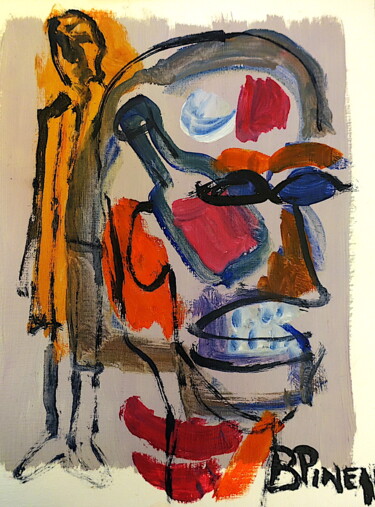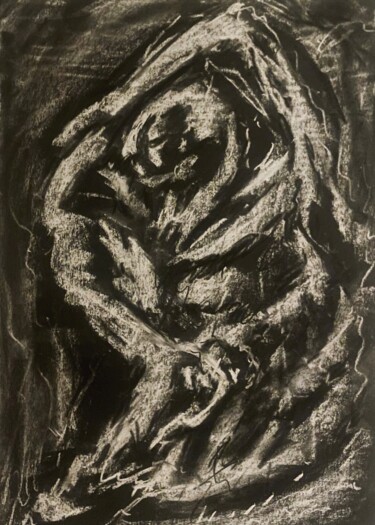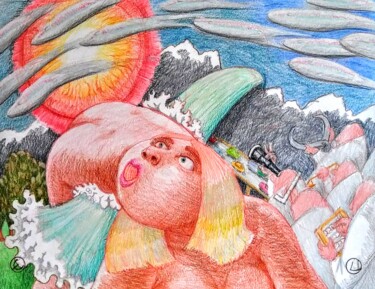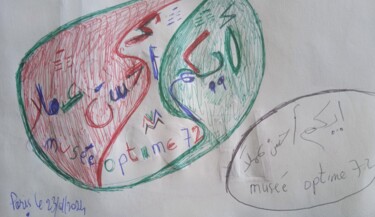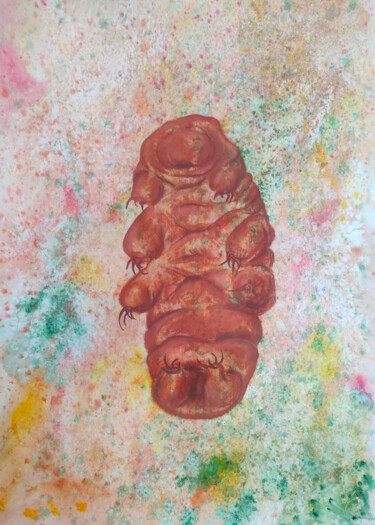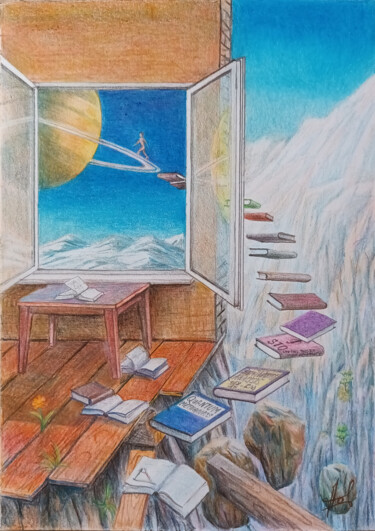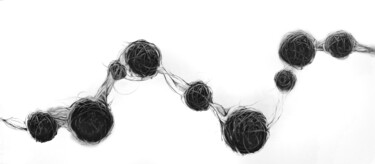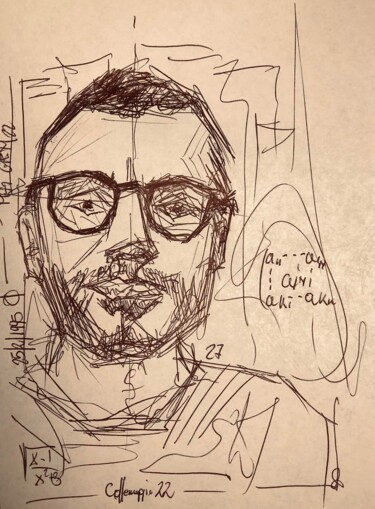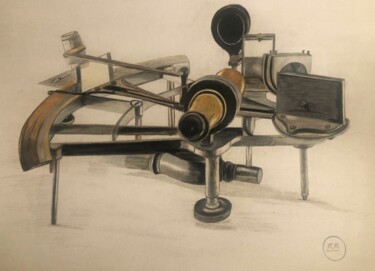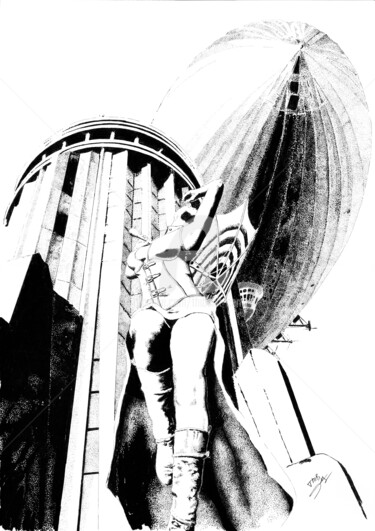
60 Γνήσια σχέδια και εικονογραφήσεις προς πώληση:
Ψάχνετε για Πρωτότυπα σχέδια προς πώληση ;
Εξερευνήστε όλα τα στυλ και τις τεχνικές σχεδίασης: σύγχρονη τέχνη, τέχνη δρόμου, αφηρημένη τέχνη, εικαστική τέχνη, τοπία, πορτρέτα, σκηνή της ζωής, γυμνά, μολύβι, μελάνι, κάρβουνο, παστέλ ... για 20 χρόνια με περισσότερα από 2 εκατομμύρια σύγχρονα έργα τέχνης για να ανακαλύψετε ... ή να αποκτήσετε! Το παγκόσμιο σημείο αναφοράς για καλλιτεχνικά σχέδια. Ανακαλύψτε έργα σύγχρονων καλλιτεχνών από όλο τον κόσμο για να διακοσμήσετε το εσωτερικό σας με τάξη! Απλός εραστής τέχνης ή επιβεβαιωμένος συλλέκτης; Βρείτε το σχέδιο ή το αγαπημένο σκίτσο που θα αναδείξει πραγματικά τη διακόσμηση σας. Το Artmajeur σας προσφέρει πρωτότυπα έργα, περιορισμένες εκδόσεις και εκτυπώσεις από τους καλύτερους σύγχρονους καλλιτέχνες στον κόσμο. Στο Artmajeur, τα σχέδια επιλέγονται από ενθουσιώδεις και ειδικούς στην αγορά τέχνης. Επιλέγουμε για εσάς τα πρωτότυπα έργα μοντέρνων, βραβευμένων και αναγνωρισμένων σχεδιαστών, καθώς και τις νέες αυξανόμενες αξίες στον τομέα της σύγχρονης τέχνης για να σας καθοδηγήσουμε και να σας βοηθήσουμε στη διαδικασία αγοράς διαδικτυακών σχεδίων.
Discover contemporary Science Drawings on Artmajeur
Contemporary Science Drawings are a unique form of original artwork that blend the worlds of art and science. These drawings are created with a variety of supports and materials, including paper, canvas, and even glass. The materials used often vary depending on the subject matter of the drawing. What sets this type of artwork apart is the way in which it captures the essence of scientific concepts and translates them into visual form.

©2023 Mélanie Ribeiro
Origins and History
Contemporary Science Drawings are a relatively new form of art that emerged in the late 20th century. The genre evolved from traditional scientific illustration, which dates back to the Renaissance era. During the 16th and 17th centuries, artists used their skills to document scientific findings and discoveries. However, it was not until the 1960s that contemporary Science Drawings came into existence, thanks to the fusion of art and technology. The use of computers and digital imaging allowed artists to create intricate and accurate depictions of scientific phenomena. Today, contemporary Science Drawings range from anatomical studies to illustrations of the cosmos. They have become an essential tool for scientists and educators, providing a visual representation of complex concepts and theories. As the field of science continues to evolve, so too will the art of contemporary Science Drawings.

©2024 Mélanie Ribeiro
Evolutions of theses works in the contemporary art market
Contemporary Science Drawings have been evolving rapidly in recent years, becoming a significant part of the contemporary art market. These drawings, which combine scientific concepts with artistic expression, have gained immense popularity due to their unique and captivating style. The use of technological advancements and new media in creating these drawings has opened up new possibilities for artists to create intricate and detailed pieces. The incorporation of scientific themes and motifs in contemporary art has also become a prominent trend, reflecting the growing interest in science and its impact on our world. As a result, these Science Drawings have gained immense value and demand in the art market, attracting art enthusiasts and collectors alike. The important queries related to this trend include the exploration of the relationship between science and art, the use of technology in art-making, and the significance of interdisciplinary approaches in contemporary art.

©2023 Mélanie Ribeiro
Related Famous Artists
Contemporary science drawings have become a popular subject among contemporary artists. These artists showcase their talent by using various mediums to create stunning illustrations of scientific phenomena.
One of the most well-known contemporary artists in this field is Rosamond Purcell. She captures the beauty of decay and deterioration through her photographs of scientific specimens. Her work explores the intersection between science and art, reminding us of the beauty that can be found in even the most unexpected places.
Another artist who has made a name for herself in the world of contemporary science drawings is Anna Dumitriu. Anna’s work is deeply rooted in science, and she uses her art to explore the ways in which technology and biology intersect. Her work often features intricate illustrations of microorganisms and other scientific subjects, creating a sense of wonder and amazement in the viewer.
Kathy High is another artist whose work focuses on science and technology. She creates installations that examine the ethical and moral implications of genetic engineering and biotechnology. Her work reflects the complexity of these issues, and the ways in which they affect our lives and the world around us.
Finally, we have Eduardo Kac, a Brazilian artist who is known for his work in bioart. He creates innovative pieces that combine art and biotechnology, exploring the boundaries between the natural and the artificial. His work challenges our perceptions of what it means to be human, and how technology is changing our relationship with the natural world.
In conclusion, contemporary science drawings have become an important part of the contemporary art world. These artists use their unique talents to explore the intersection between science and art, creating stunning works that challenge our perceptions of the world around us.

©1997 José Ignacio Gianola
Notable contemporary Science Drawings
Contemporary science drawings are a fascinating combination of art and scientific exploration. They are thought-provoking and visually stunning, often revealing the beauty of the natural world through the lens of science.
One such example is "The Brain" by Greg Dunn, created in 2013. This work is a detailed and intricate depiction of the human brain, using a technique called microetching to highlight its complex structure. The piece is both beautiful and informative, offering a unique perspective on the inner workings of the human mind.
Another well-known contemporary science drawing is "The Tree of Life" by David Goodsell, created in 2012. This work is a colorful and vibrant representation of the interconnectedness of all living things, from the smallest cells to the largest organisms. Goodsell’s intricate attention to detail and use of bright colors make this piece a joy to behold.
"The Origin of Species" by R. Crumb, created in 2009, is another example of a contemporary science drawing that captures the imagination. This work is a humorous and irreverent interpretation of Charles Darwin’s groundbreaking book, featuring Crumb’s signature cartoon style. Despite its lighthearted tone, the piece offers a unique insight into the importance of Darwin’s work and its impact on modern science.
Overall, contemporary science drawings offer a unique and engaging way to explore the wonders of the natural world. Whether they are informative, beautiful, or humorous, these works are a testament to the power of art and science to inspire and enlighten.


José Ignacio Gianola
Στυλό στο Χαρτί | 19,7x11,4 in
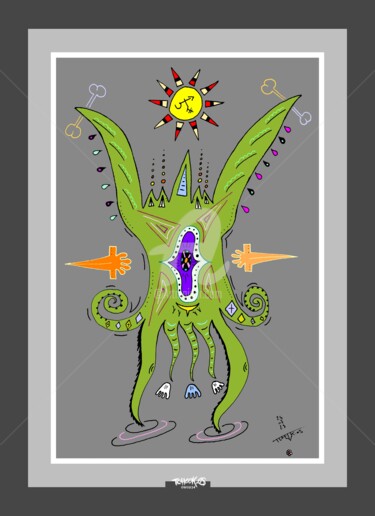
Tchook.Os
Μολύβι στο Άλλο υπόστρωμα | 1.833,5x1.333,5 in
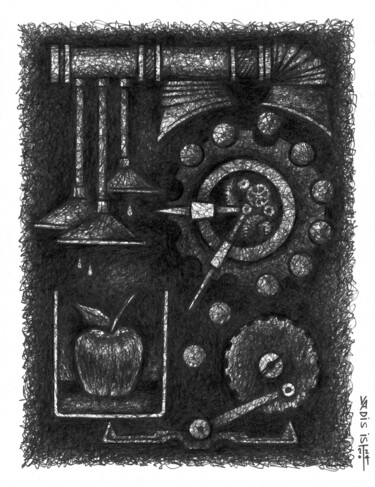
Vadim Ponomarenko
Μαρκαδόρος στο Χαρτί | 25,6x19,7 in
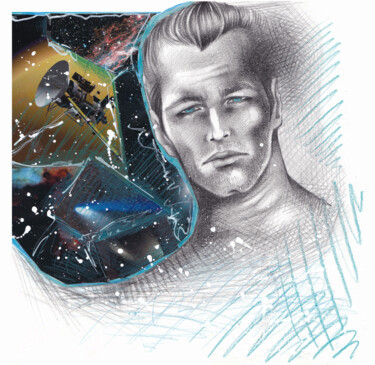
O-Hido Sonia Art
Γραφίτης στο Χαρτί | 8,3x8,5 in
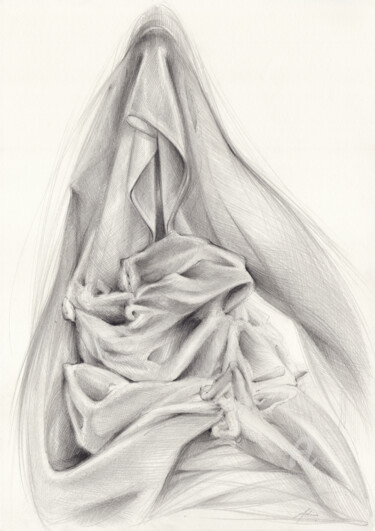
Adriana Mueller
Μολύβι στο Χαρτί | 16,5x11,7 in

Bohmert Frederic
Στυλό στο Χαρτί | 7,1x5,9 in

Мар'Яна Собків
Παστέλ στο Χαρτί | 15,8x11,8 in

Elkement
Ακουαρέλα στο Χαρτί | 11,4x8,1 in
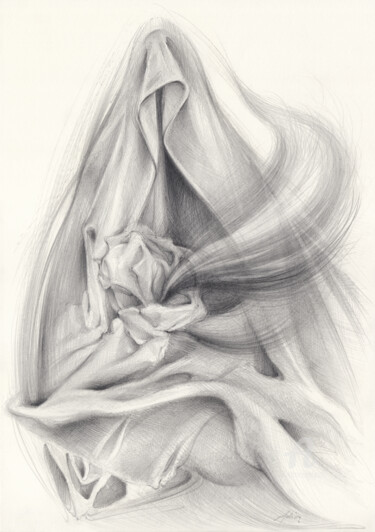
Adriana Mueller
Μολύβι στο Χαρτί | 16,5x11,7 in
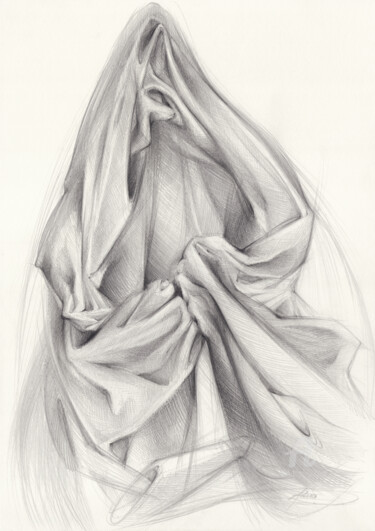
Adriana Mueller
Μολύβι στο Χαρτί | 16,5x11,7 in
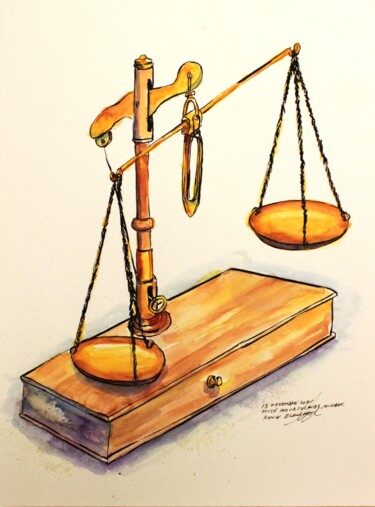
René Blanchet
Μελάνι στο Χαρτί | 12x9 in

Mélanie Ribeiro
Παστέλ στο Χαρτί | 15,8x11,8 in
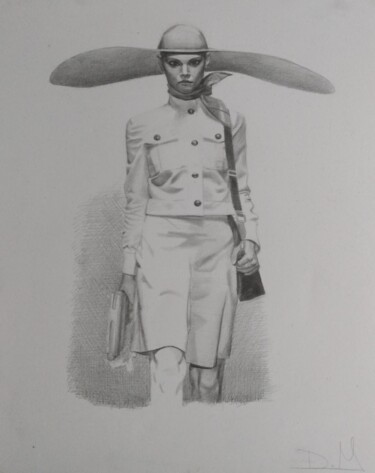
Déryck Maindron
Γραφίτης στο Χαρτί | 17x13,9 in

Corinne'S Artcolorsimages
Μελάνι στο Χαρτί | 11,7x8,3 in

Oryiman Agbaka (St Valentino de Augusto)
Στυλό στο Χαρτί | 21,7x17,7 in
